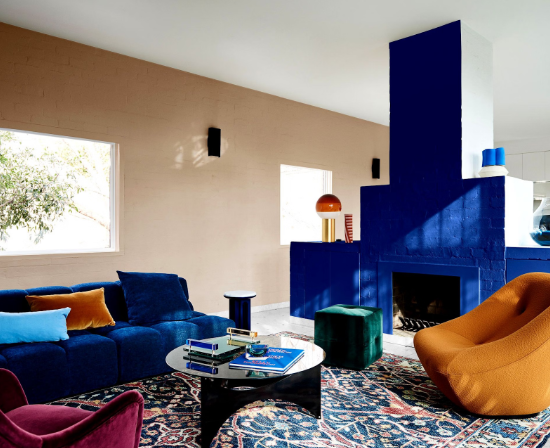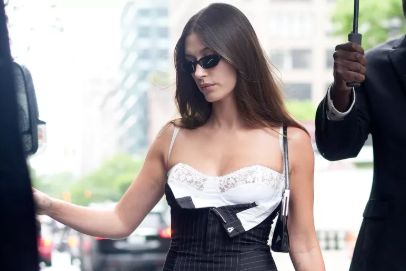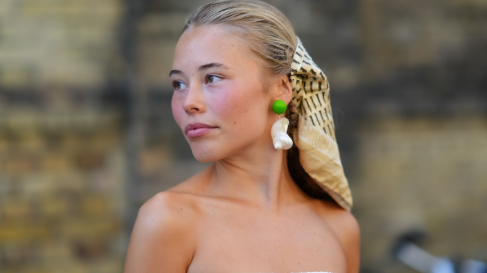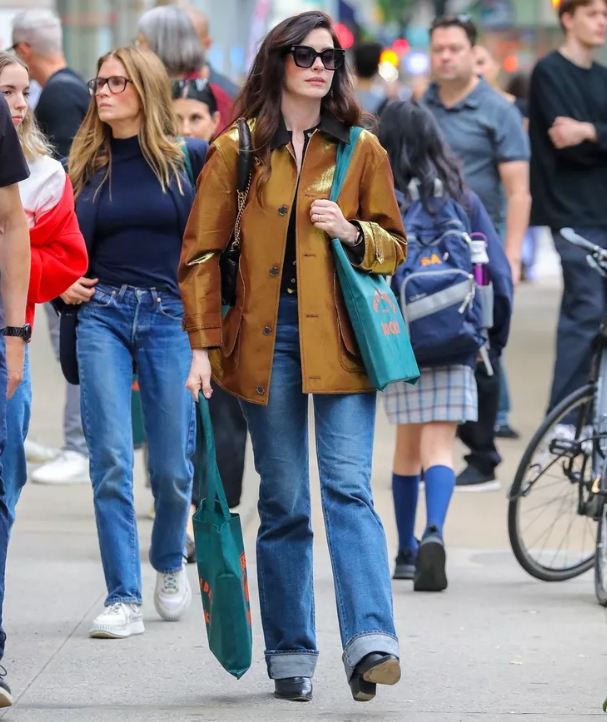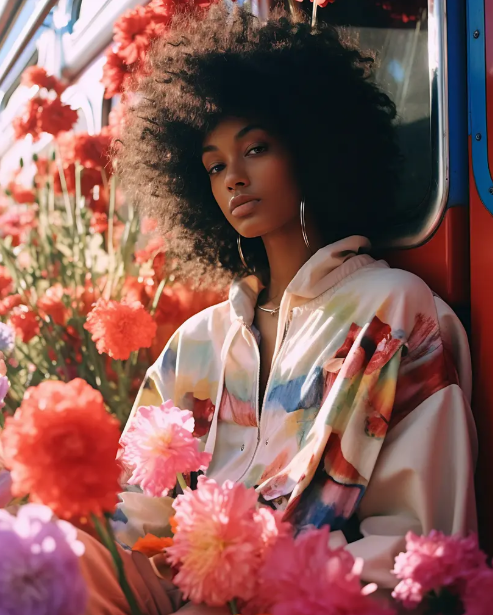Fashion is more than fabric, cut, or color—it’s a reflection of the world we live in. Throughout history, clothing has responded to war, liberation, economic shifts, and social revolutions. Today’s trends aren’t simply designed; they are echoes of the past, reinterpreted through a modern lens.

By understanding the historical context behind what we wear, we gain a deeper appreciation for fashion not just as an art form, but as a cultural narrative. The past continues to shape today’s closets—and often, with remarkable clarity.
Wartime Resilience and Functional Fashion
The impact of the World Wars—especially World War II—on fashion was profound. With fabric rationing, utility clothing became the norm. Designs favored practical silhouettes, like A-line skirts, boxy jackets, and muted colors. Even after the war, these minimalist aesthetics lingered, inspiring utilitarian chic trends that resurface today in everything from military coats to cargo pants.
In the 2020s, the rise of “quiet luxury” and pared-back dressing reflects this same impulse: style born from necessity, adapted for modern elegance.
The Roaring Twenties and the Birth of Rebellion
The 1920s flapper era was more than just beaded dresses and bobbed hair. It marked a cultural rebellion—women were breaking free from corsets, social constraints, and traditional roles. The drop waist, looser cuts, and androgynous silhouettes were symbolic of liberation and movement.
Fast forward to today’s fascination with gender-fluid fashion, oversized tailoring, and 1920s-inspired accessories, and we see how fashion continues to express freedom through form.
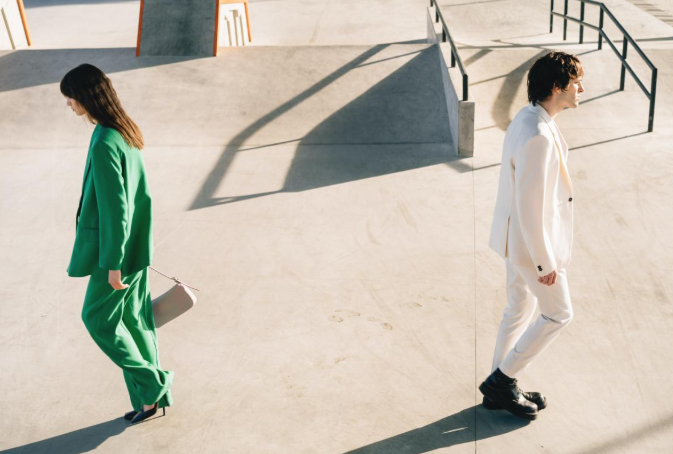
Post-War Femininity and the Rise of Haute Couture
In contrast, the post-World War II era gave birth to Christian Dior’s “New Look”—cinched waists, voluminous skirts, and overt femininity. It was a celebration of abundance after years of scarcity.
Modern fashion frequently revisits this silhouette, especially in bridal couture and red carpet gowns, proving that nostalgia for glamour never fades—particularly in moments of cultural optimism.
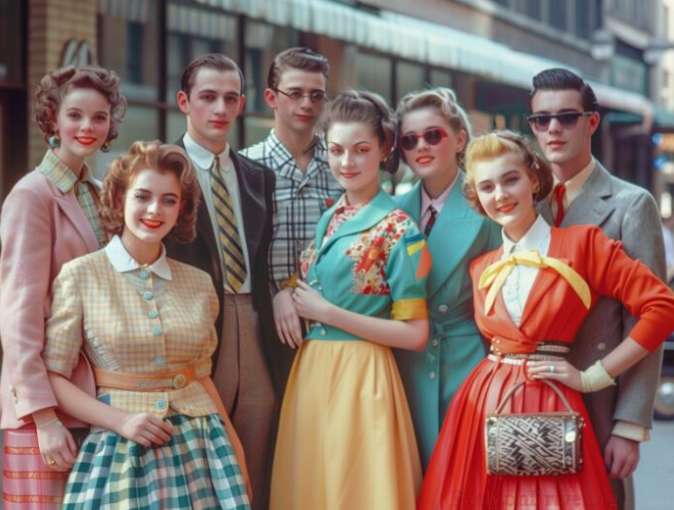
The 1960s & 70s: Fashion as Protest
Civil rights movements, second-wave feminism, and anti-war protests fueled a new wave of expressive fashion in the 1960s and 70s. Think: tie-dye, bell bottoms, embroidered denim, and Afrocentric prints. Clothing became a canvas for identity and resistance.
Today’s revival of these styles—boho aesthetics, vintage denim, statement patches—signals not just trend recycling, but a deeper connection to self-expression and activism through what we wear.
Pandemic Fashion: Loungewear, Masks, and Reset Culture
Recent history offers its own impact. The COVID-19 pandemic reshaped fashion through comfort and function. Loungewear, athleisure, and minimalist wardrobes surged as people sought solace in soft fabrics and flexibility.
Designers today continue to integrate wellness, sustainability, and multi-purpose design into their collections. From chic matching sets to luxe pajama dressing, the pandemic has left a lasting mark on how we define everyday style.
The Future is Always Rooted in the Past
Fashion doesn’t exist in a vacuum. It is shaped by what people experience, fear, and celebrate. Designers across the globe draw upon historical references—from the suffragette white of the early 1900s to the androgyny of the 1980s power suit—reimagining these stories for new generations.
In a time where digital fashion archives and thrift culture are thriving, today’s style-savvy women are not just wearing trends. They are wearing histories—sometimes knowingly, often subconsciously—and continuing the cycle of storytelling through style.

Disclaimer: The information provided in this article is for educational and informational purposes only and is not intended as a substitute for professional medical advice, diagnosis, or treatment.





